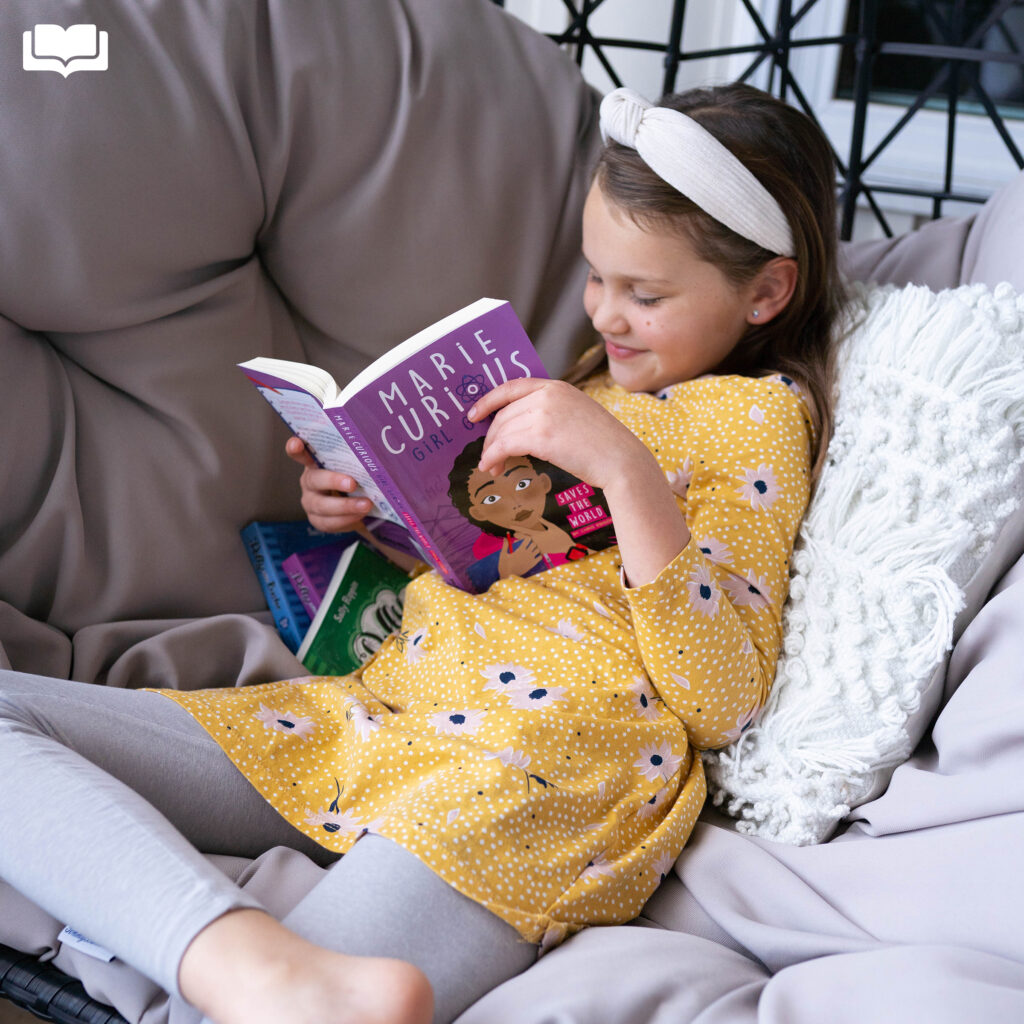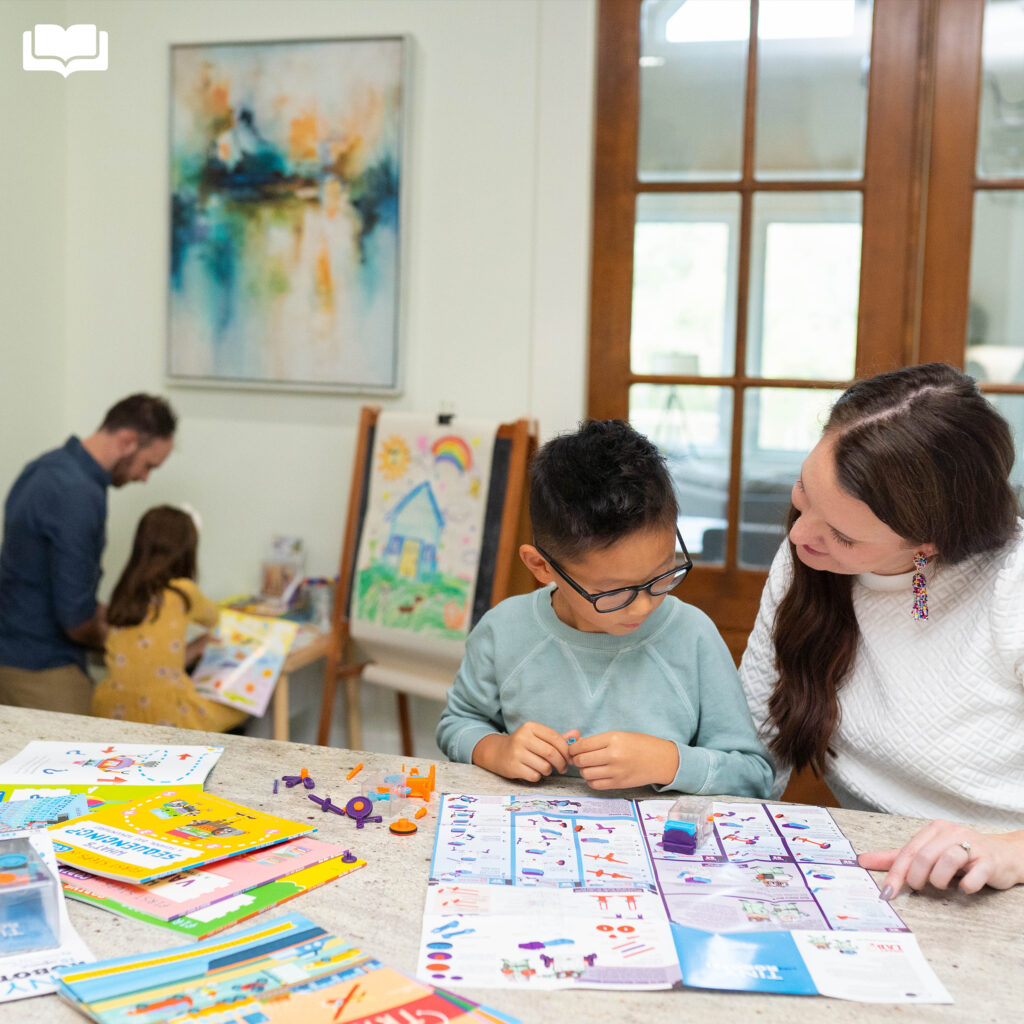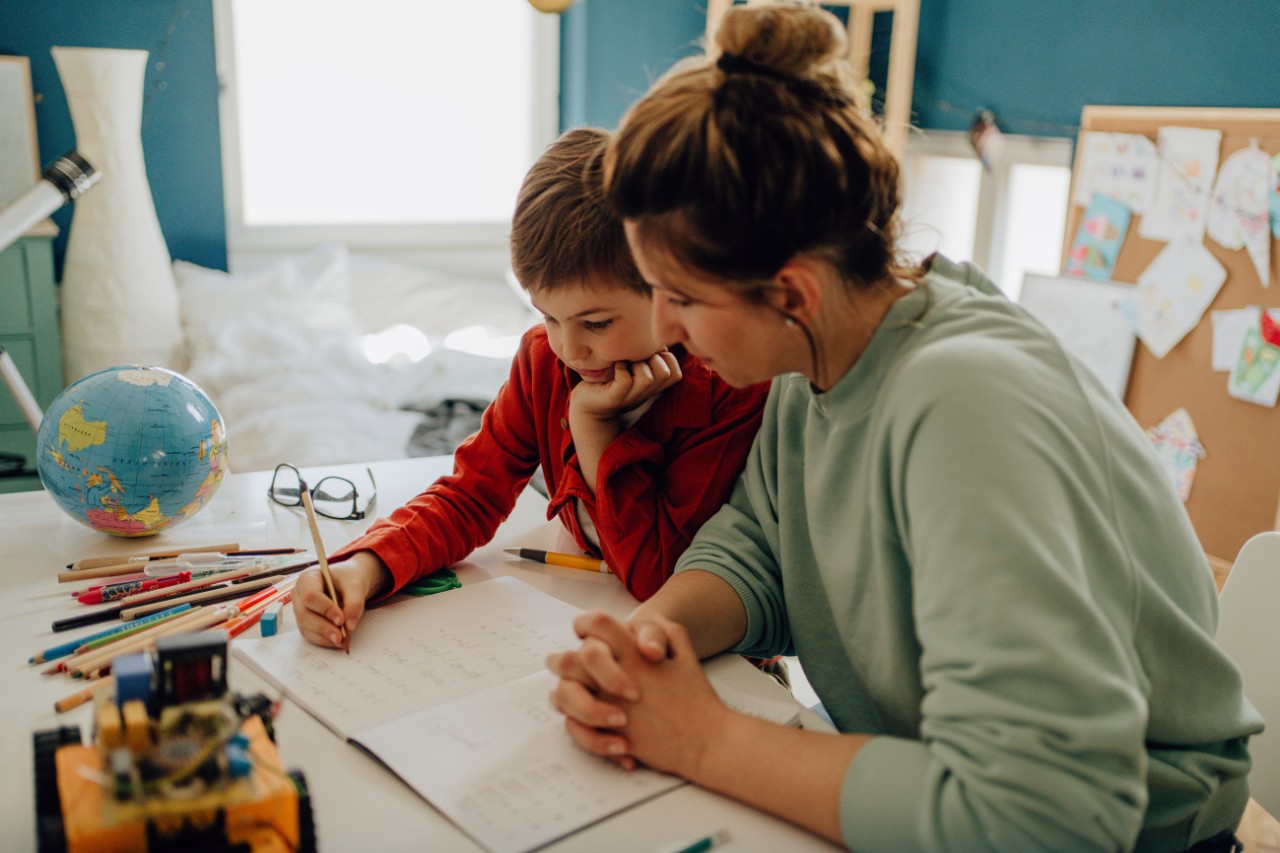When considering homeschooling, many envision a few children working diligently at a table with a parent overseeing their progress. However, homeschooling is much more diverse. The method you choose influences the curriculum and teaching style. Below are some of the most popular and impactful homeschooling methods.
Exploring Different Homeschooling Methods
The Charlotte Mason Method
Charlotte Mason, a pioneer of the homeschooling movement, emphasized a holistic approach to education that balances fun and learning. This method covers core subjects with a strong focus on classical literature, poetry, fine arts, classical music, and crafts. Mason introduced the concept of ‘Living Books’—engaging, high-quality literature. Children are read to daily and encouraged to narrate what they’ve heard. Starting at age six, they progress from oral narrations to written ones by age ten. Additionally, ‘Nature Diaries’ are used, where children draw and note observations from nature, fostering a deep respect for the environment. Mason believed that developing good character and behavior was crucial to a child’s overall development.



Eclectic Homeschooling
Eclectic homeschooling is a personalized approach that combines various homeschooling techniques. Parents tailor the curriculum based on their child’s unique needs, interests, and learning style. This flexible method often includes pre-made curricula that are modified to better suit the child. Eclectic homeschooling may involve a mix of traditional bookwork, hands-on activities, and educational outings to places like museums, libraries, and factories.
Unschooling
John Holt, a Boston public educator, introduced the unschooling method. He advocated for children learning at their own pace, driven by their interests. Unschooling is a highly unstructured approach with no set curriculum, schedules, or materials. Instead, parents take cues from their children, facilitating a hands-on, interest-led learning environment. This method emphasizes the child’s natural curiosity and enthusiasm for learning.
The Montessori Method
Originating in Italy, the Montessori method focuses on children’s ‘sensitive periods’—times of intense concentration and learning. During these phases, children engage in activities repeatedly until they achieve satisfaction. This method uses a carefully prepared environment to support learning, with materials designed to foster spiritual and intellectual development. Montessori materials are progressive, moving from simple to complex, and can be costly.
The Classical Education Method
Classical education is a three-part process of training the mind. The early years are spent absorbing facts, systematically laying the foundations for advanced study. In the middle grades, students learn to think through arguments. In the high school years, they learn to express themselves. This method emphasizes the study of classical languages such as Latin and Greek, and the works of classical authors. It aims to develop a well-rounded, critically-thinking individual.
The Waldorf Method
Developed by Rudolf Steiner, the Waldorf method focuses on holistic education, aiming to develop a child’s intellectual, artistic, and practical skills in an integrated manner. It emphasizes imagination in learning and integrates the arts and practical activities into everyday education. Waldorf education also follows a specific curriculum that matches the developmental stages of children, promoting a love of learning through creative expression.
The Unit Studies Method
The Unit Studies method integrates multiple subjects into a single, thematic study. For example, a unit study on the American Revolution might include history (events of the revolution), language arts (reading historical fiction set in the period), science (studying inventions of the time), and art (creating projects related to the era). This method helps children make connections between subjects and see the relevance of their studies.
Final Thoughts
These are just a few of the many homeschooling methods available. Regardless of the method, the key is flexibility and a deep interest in the child’s desires and needs. Successful homeschooling leverages a child’s natural curiosity and eagerness to learn, creating a rich and fulfilling educational experience. Whether you choose a structured approach like Classical Education or a more relaxed method like Unschooling, the goal is to foster a love of learning that will last a lifetime.

